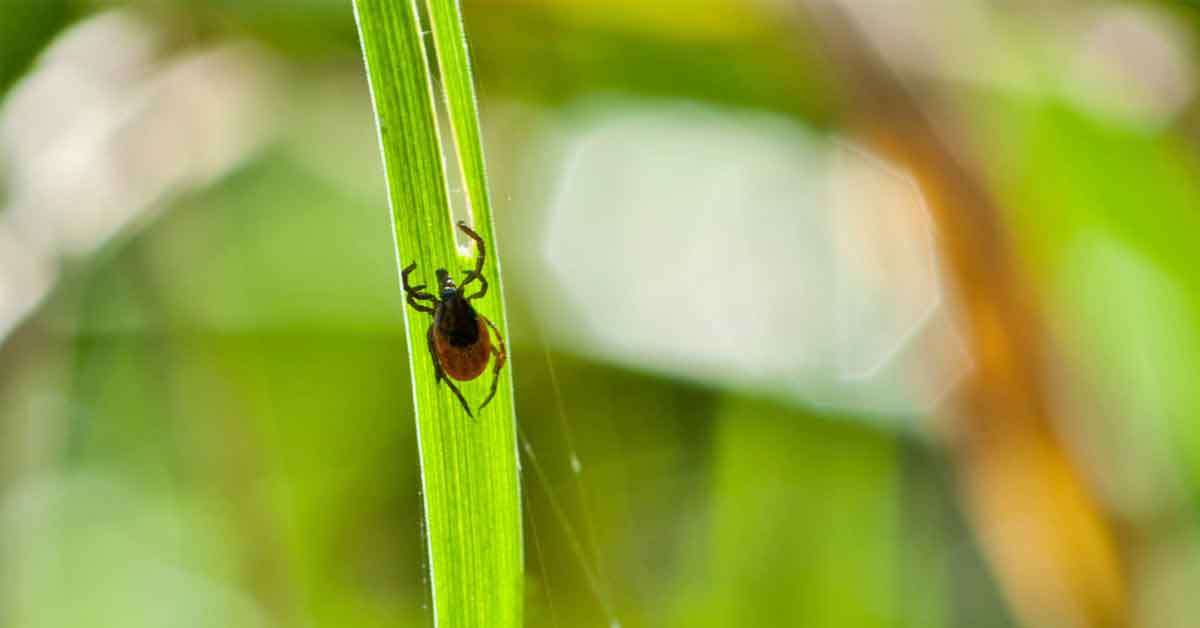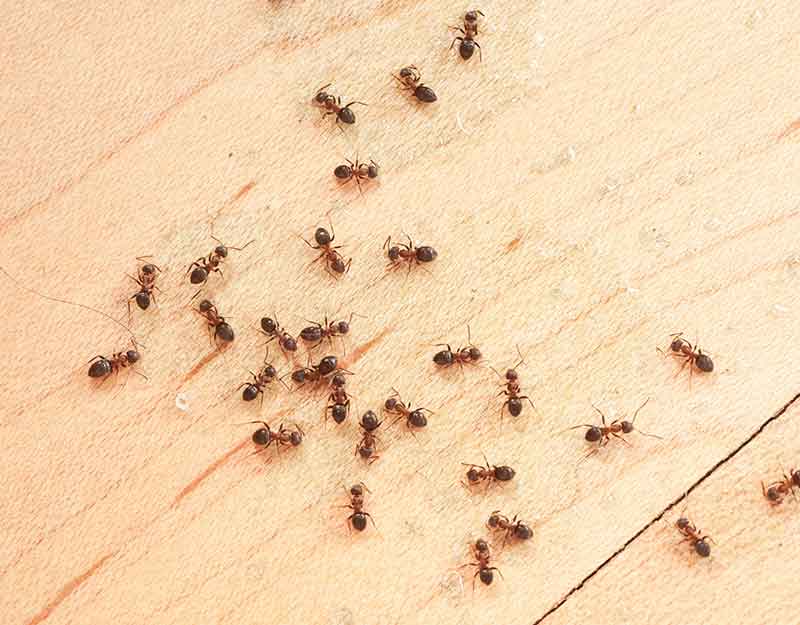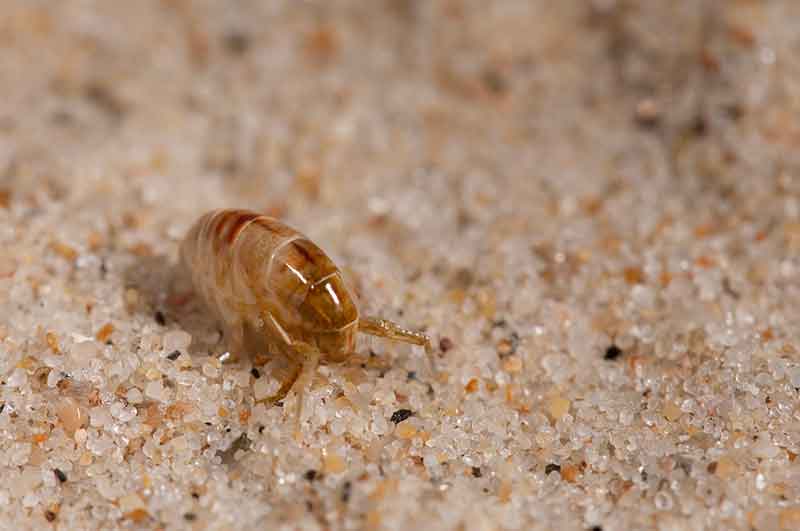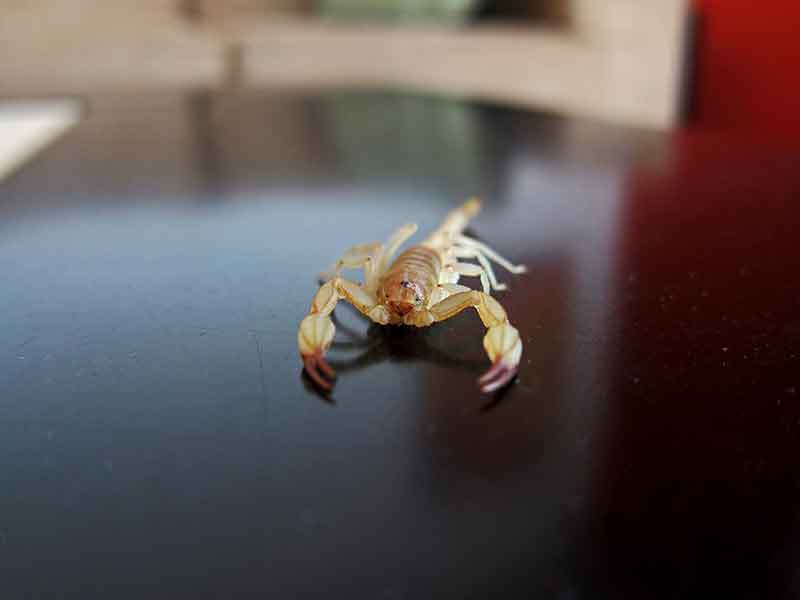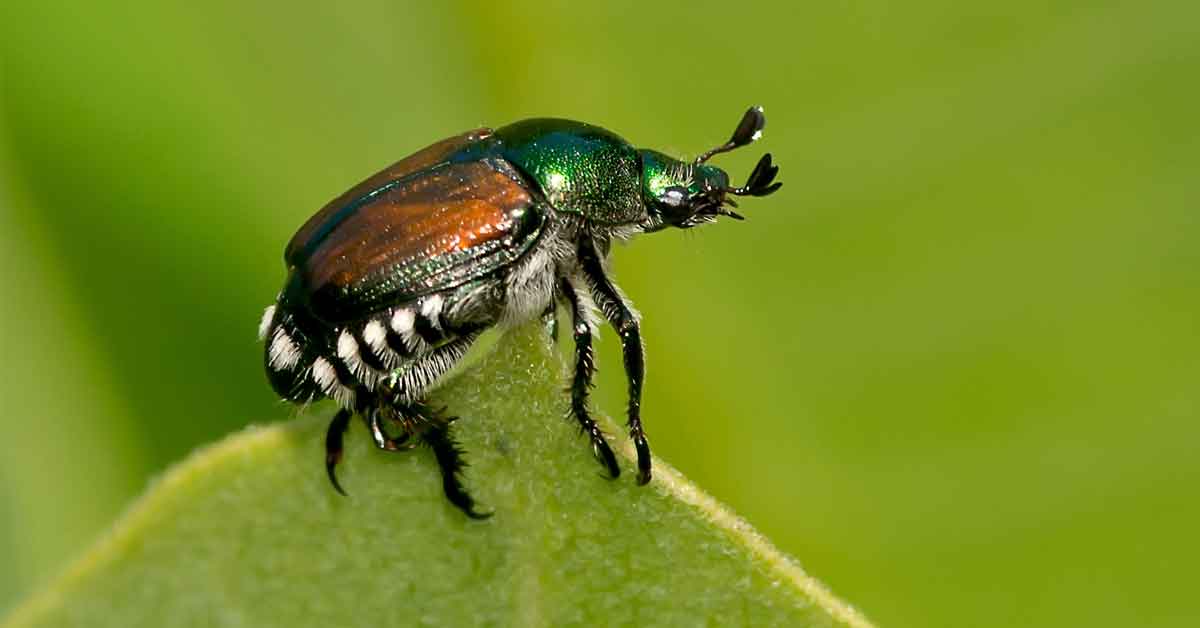How to Protect Your Home From Ants, Fleas, Ticks and More
Some common lawn and garden pests tend to congregate in areas right outside your home. Given opportunities, they don't hesitate to move inside. Fight these perimeter pests while they're still outside by creating a barrier of protection. Proactive perimeter treatment draws a line that helps keep your home's exterior and interior protected against common culprits:
Ants
Wherever you find homes and buildings, you'll find ants nearby. Fond of nesting near foundation plantings, in wood or stone mulch, and along sidewalks, these pests are more than a nuisance; ants can do damage, too. Their search for food, water and shelter draws them indoors, especially during times of drought or heavy rain. Once inside your home, they take up residence in cool, moist spots and help themselves to whatever they can find. In the process, they leave well-marked trails so other ants can follow their lead.
Fleas and Ticks
Fleas and ticks hitch a ride inside on domestic pets, uninvited rodents and unsuspecting humans. Once inside your home, they can rapidly multiply. Many flea species carry common names, such as cat flea or sand flea, but they're not particular about their hosts. Any warm-blooded bodies will do. Ticks, however, can be picky about who they pester. But once indoors, brown dog ticks can multiply by the thousands and quickly infest your home.1 Taller grass and foundation plantings are favorite places where fleas and ticks hide in wait.
Scorpions
When nightfall comes, scorpions are on the move outside your home and on their way inside, through any spaces they can fit. Indoors or out, come morning, they find resting places for the day — under your welcome mat, behind indoor appliances or inside the pair of slip-ons you keep handy for quick dashes outside. Scorpions tend to gather in moist areas around your home's perimeter, including foundation plantings and faucet areas, and often seek out moisture indoors.
Fire Ants
For the growing number of homeowners affected by fire ants, perimeter protection against these pests can be more urgent. Fire ants damage lawns with unsightly mounds, but they also bite and sting humans, pets and other animals. The burning stings leave painful, itching wounds. Fire ants expand their territories quickly, take over new areas and attack aggressively when disturbed. Established fire ant colonies can number in the hundreds of thousands, so thorough effective control is critical.
Perimeter Pest Protection
By creating a protective barrier against common perimeter pests, you can stop these pests before they enter your home. Sevin Insect Killer Lawn Granules rid lawns and gardens of existing ants* and their outdoor nests; kill blood-sucking fleas and ticks; put an end to scorpion surprises; and rid your perimeter of spiders, centipedes, millipedes and other pests in the process. Then they keep protecting against listed perimeter pests for up to three months.
With Sevin Insect Killer Lawn Granules, protecting your home's perimeter is simple. Applied with a regular lawn spreader according to label instructions, the granules can create an 8- to 10-foot protective barrier. You can also treat larger lawn areas if desired, including spaces where fruit, vegetables and other edible crops are grown. Simply follow label guidelines for the number of days to wait between application and edible harvests.
For best results, mow your lawn first, then apply Sevin Insect Killer Lawn Granules uniformly. Water the treated area immediately after application. This releases the pest-controlling action and eliminates the pests the granules contact before they can take up residence in your home. People and pets can reenter the area once watering-in is completed and the area has dried.
Fire Ant Protection
Effective perimeter protection for fire ants eliminates existing fire ants fast and keeps the outdoor areas closest to your home free from new infestations. Sevin Insect Killer Lawn Granules kill and control fire ants. But a fire ant killer designed especially for fire ants such as Over'n Out! Advanced Fire Ant Killer can kill existing fire ants fast and protect outdoor areas closest to your home from new infestations.
Over'n Out! Advanced Fire Ant Killer destroys existing fire ant mounds in 15 minutes and provides thorough, residual, six-month control against fire ants that try to move in. Protect your perimeter by treating any visible mounds and creating protection around your home or in lawn areas.
Apply Over'n Out! Advanced Fire Ant Killer during cool mornings or late evenings, when fire ants are most active. Use a lawn spreader to create a 5- to 10-foot barrier against these dangerous pests. Follow label instructions closely and use only around the perimeter of edible crop gardens, not inside edible gardens. Water the area well when finished, and keep people and pets away until the area dries.
With the help of proactive treatment from the GardenTech family of pest control products, you can draw the line against common perimeter pests before their populations and your problems multiply. At GardenTech, we're here to help you keep your home and family safe from the threat of pests.
*Except Carpenter and Pharaoh ants
Always read product labels thoroughly and follow instructions, including guidelines for listed plants and pests, application frequency and pre-harvest intervals (PHI) for edible crops.
Sevin is a registered trademark of Tessenderlo Kerley, Inc.
GardenTech is a registered trademark of Gulfstream Home and Garden, Inc.
Over'n Out is a registered trademark of TechPac, LLC.
Related Articles in Perimeter Protection:
- Long-Lasting Fire Ant Control with the Two-Step Method
- How to Protect Your Garden From Spring Pests
- How to Detect and Treat Common Lawn Pests
Sources:
1. Jonathan M. Sargent, Patricia Zungoli and Eric P. Benson, "Ticks Around Your Home,"Clemson University, October 1998.
2. Potter, Michael F., "Ant Control for Homeowners," University of Kentucky, April 2004.
3. Knodel, Dr. Janet, "Tick Season is Here!," North Dakota State University.
4. John Hopkins, Gus Lorenz, Glenn Studebaker and Kelly Loftin, "Biology and Control of Spiders, Scorpions, Centipedes and Millipedes," University of Arkansas.
Get Monthly Gardening Advice!

